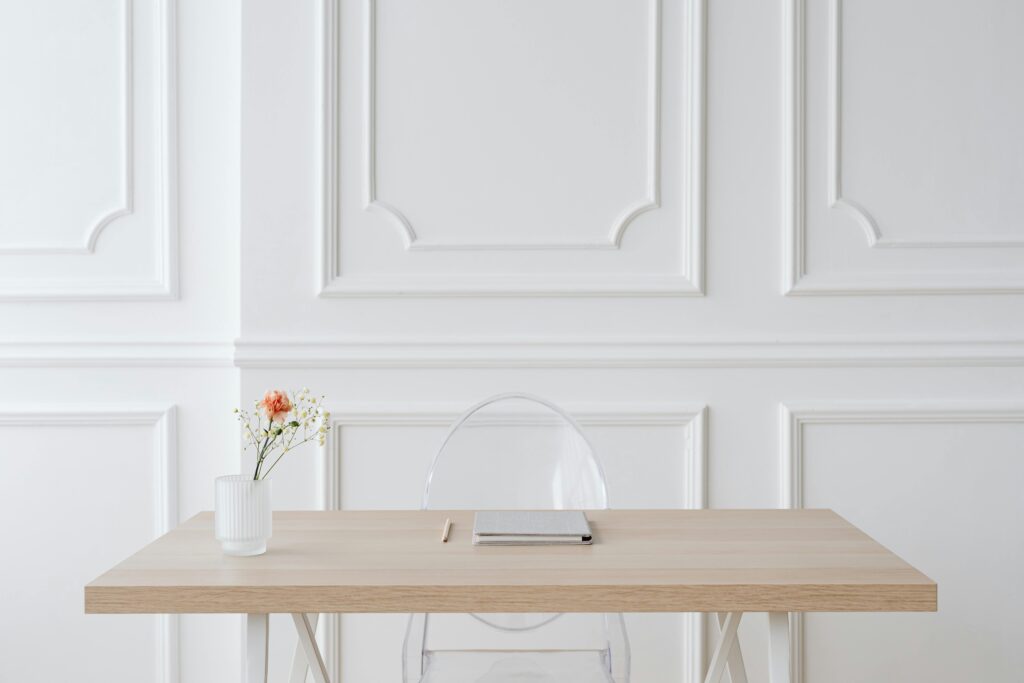How to Start Habit Tracking: A Simple Guide for Beginners
This post is all about habit tracking for beginners.
Habit tracking is a powerful tool, and I truly believe in its magic. It has helped me stay mindful of what I’m working towards. Because, let’s be real, we humans forget things. We get distracted, lose motivation, and sometimes need a little push to stay on track.

Now, I know habit tracking isn’t for everyone. Some people find it too structured, too much effort, or just plain unnecessary. And honestly? I get it. But hear me out… if you want to make small changes that actually add up to something bigger, habit tracking can be a game-changer. It’s not about perfection, it’s about consistency. It’s about taking baby steps until the things that once felt impossible start feeling natural.
So, let’s break it down. How do you start? How do you pick the right method? How do you not give up after a week? Here’s my take on it.
Step 1: Choose Your Habit Tracking Method
I won’t pretend I’ve tried every single habit-tracking method out there because I haven’t. Once I find something that works for me, I stick to it for a long time. I like things that are aesthetically pleasing, easy to use, and don’t feel like a chore.
That said, I have experimented with a few tools:
- Notion: My current go-to. You can make it super cute, minimal, or as complex as you want.
- Todoist: More for task management, but I’ve used it to set up habit reminders, and it works really well.
- Google Calendar: I use this more for work, but time-blocking here is a game-changer!
- Habit Tracker App: A super simple, cute app I used for a while. It can work for you!
- Physical Planners & Journals: This is where my heart truly belongs. I’ve always loved planners, and recently, I fell in love with Hobonichi planners (still deciding which one to get!).
So, how do you choose? My advice… pick one and stick to it. Don’t over-complicate things. If digital tools excite you, go with Notion or an app. If you love the feel of pen and paper, get a cute planner or a bullet journal. Or even better, use a hybrid method! Remember, you have free will…
Step 2: Pick 3-5 Key Habits to Track
Now that you’ve chosen your method, it’s time to pick your habits. And listen—keep it simple.
If you’re new to this, start with just three. I’ve made the mistake of trying to track everything and ended up overwhelmed. The goal is to create habits that stick, not to burn yourself out with an exhausting to-do list.
Some common habits people track:
- Reading (even just 2 pages a day!)
- Walking (set a time instead of a step goal, like a 30-minute walk after work)
- Stretching or working out (even if it’s just 10 minutes)
- Journaling (morning pages, gratitude, whatever feels right)
- Hydration (if tracking water intake works for you, personally, it doesn’t for me, but do you!)
For me, my three daily habits were:
- Reading: 2 pages before sleeping. I wanted to read more, but setting a big goal felt intimidating, so I made it tiny.
- Walk: 30 min after work. No vague 10k step goals, be specific… when, and how long.
- Morning Workout: 30 minutes. It can be a class you go to, a home workout, or a quick walk/run. My favorites are either a quick Pilates workout or a short walk/run around my house. Something that does not feel too time-consuming but gets me moving.
These were manageable, and the best part? Over time, they became automatic.
Step 3: Stay Consistent & Make It Easy
This is where most people struggle—including me. Starting is easy; sticking to it is the real challenge.
Here’s what helped me:
- Use Reminders: Todoist has been my lifesaver here. It lets me set notifications, so my habits pop up as little reminders on my phone. I try to keep my notifications very minimal, so when something pops up, I know it actually matters.
- Daily Check-Ins: Before bed, I take a moment to review my habits. Did I check off everything? If not, why?
- Weekly Reviews: This is so important. Once a week, I look back at my habit tracker and reflect on what worked. What felt off? Do I need to adjust anything?
- Keep It Flexible: If something isn’t working, I tweak it. No guilt, no pressure, just small adjustments to make it more sustainable.
Don’t aim for perfection. Some days you’ll miss a habit, and that’s fine. What matters is getting back on track the next day. If this feels overwhelming, just start with one habit. Sometimes you just need a starting point!